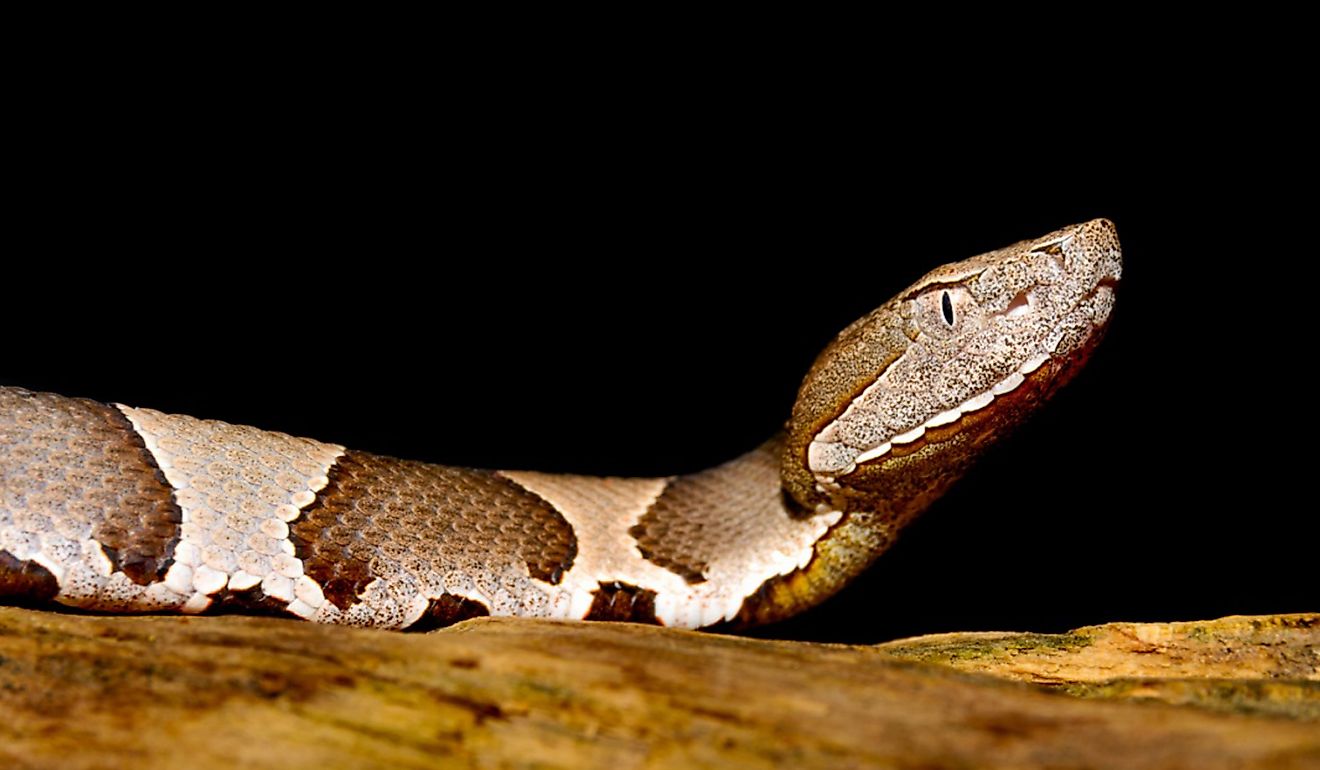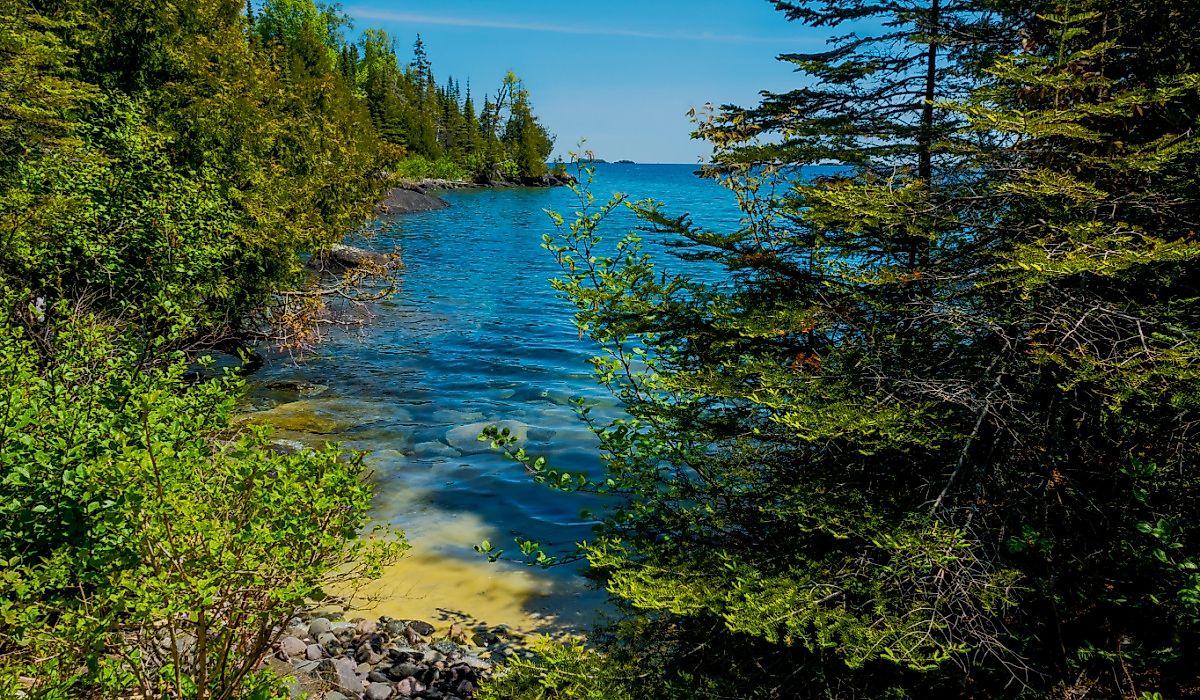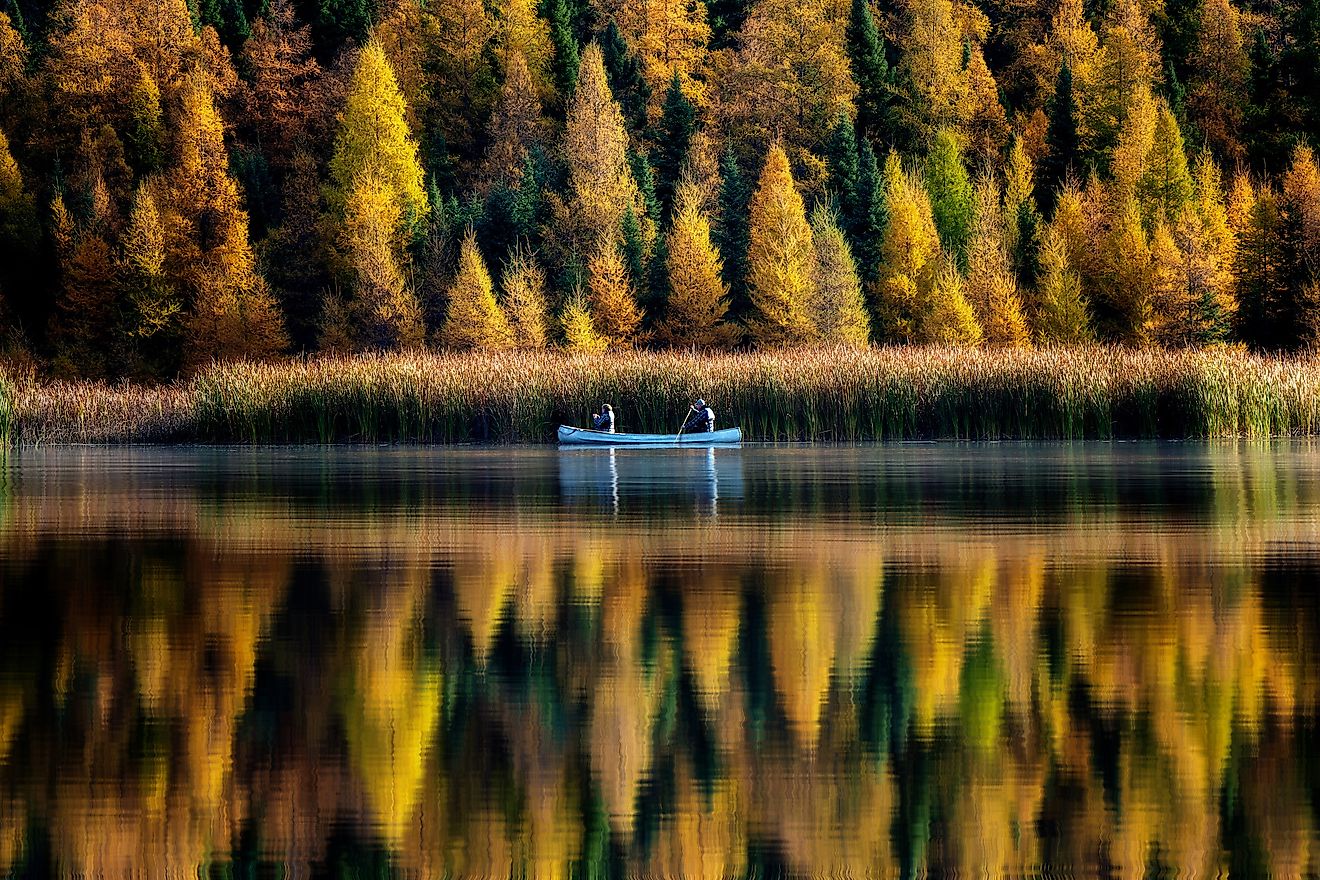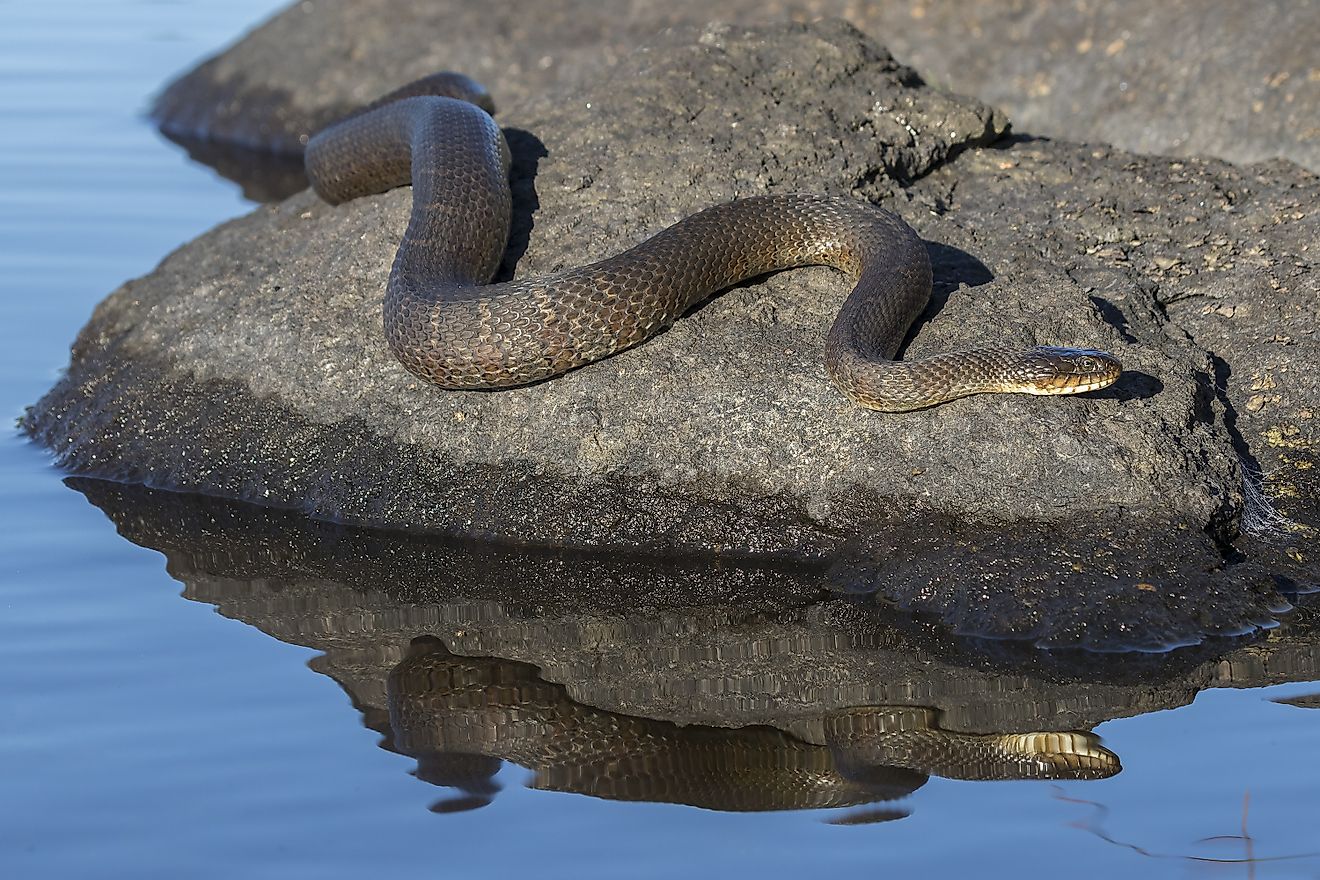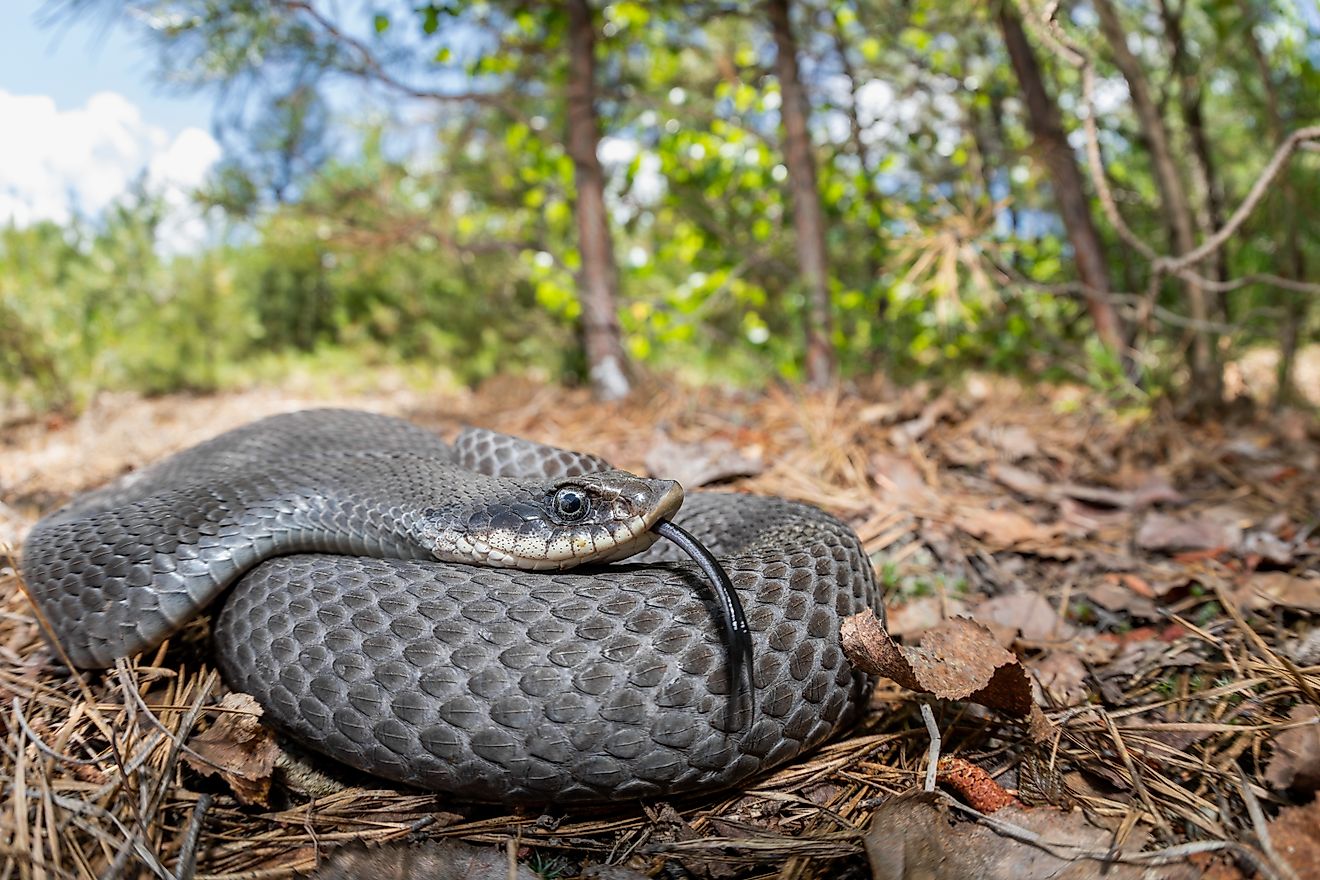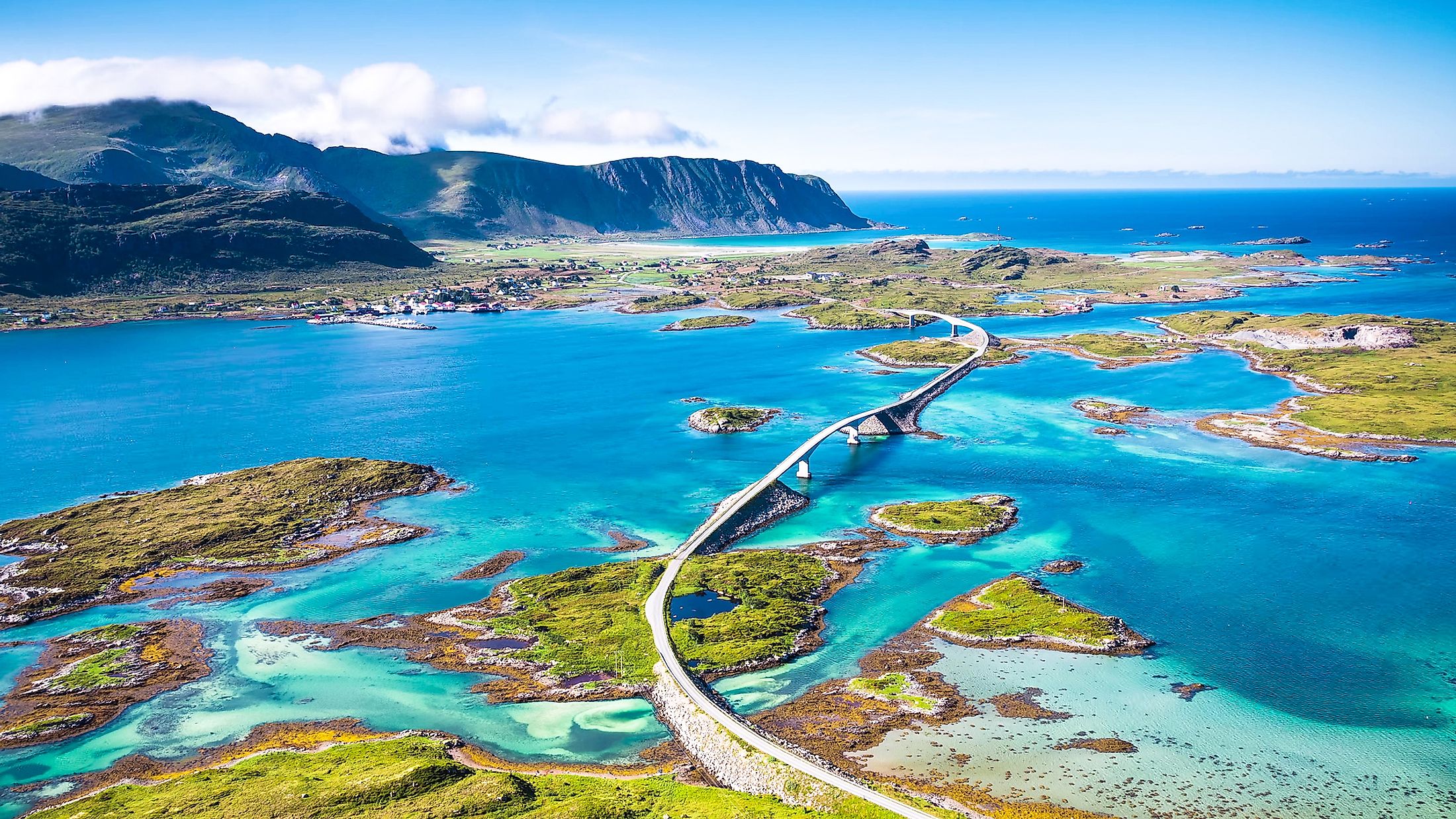
Atlantic Ocean
Oceans cover about 70.8% of the Earth’s surface. They serve as the planet’s largest habitat and also helps in regulating the global climate. The World Ocean is divided into five major regions; the Pacific, Atlantic, Indian, Southern, and Arctic Ocean. The Atlantic Ocean is the world’s second-largest Ocean after the Pacific Ocean. It covers approximately 29% of the total water surface and 20% of the Earth’s total area. The Atlantic is S-shaped and sandwiched between North and South America to the west and Africa and Europe to the east. It is connected to the other four world’s oceans and divided into North Atlantic and South Atlantic Ocean by the equatorial counter current.
Contents:
- Origin Of The Name
- Origin And Development
- Geography
- Climate
- Hydrology
- Brief History
- Marine Life
- Threats
Origin Of The Name
The oldest recorded mention of the name “Atlantic” was in the Histories of Herodotus of Ancient Greek around 450 BC. In the Greek language, the word “Atlantis” loosely translates to “island of Atlas,” or in some texts as “Sea of Atlas.” However, even until 360 BC, there was still no mention of the ocean in any written language, except for its mythological description by a Greek philosopher named Plato.
According to Greek mythology, Atlas (from where the Atlantic is derived) was a god responsible for holding up the sky for eternity. Atlas was given the responsibility of bearing the Earth’s weight by Zeus. In most of the images, Atlas is depicted as bending while supporting a weight (Earth) on his shoulder. Besides the Atlantic Ocean, the Atlas Mountains and water bodies off the Strait of Gibraltar, are named after him.
Origin And Development
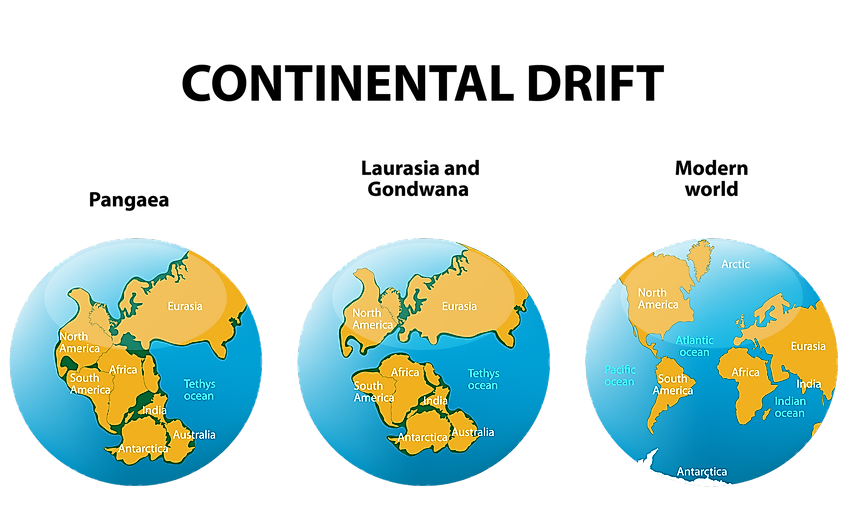
The Atlantic Ocean’s origin and development are based on plate tectonics and continental shelf theories. The Pangea, an ancient supercontinent, began rifting about 180 million years ago. The rifting caused the Eastern Hemisphere and Western Hemisphere to drift apart, leading to the Atlantic Ocean Basin formation. As can be seen from the world maps, Europe and North America’s continental shorelines, and those of Africa and South America, almost match. If these continental shelves’ edges are matched, they fit almost perfectly.
The Atlantic Ocean’s underwater is dominated by the Mid-Atlantic Ridge (MAR), a submarine mountain range, which runs approximately 190 miles between the North Pole and Bouvet Island. The ridge divides the ocean into two halves, with each half having series of basins, delimited by other ridges. Although most of the MAR is submerged underwater, some sections reach the water surface as volcanic islands. Nine of the MAR’s volcanic islands have been designated World Heritage Site because of their geological significance. MAR’s geology and physiography have been studied widely to understand the plate tectonic theory that led to the Atlantic Ocean formation.
Geography

The Atlantic Ocean covers about 41.1 million square miles or 20% of the Earth's total area. The North Atlantic Ocean spans 16.02 million square miles, while the South Atlantic Ocean covers about 15.55 million square miles. It is 27,480 feet deep at the deepest point (Puerto Rico Trench) but has an average depth of 11,962 feet below the water surface. Its volume is about 74.5 million cubic miles, while the shore length is 69,510 miles. It is connected in the southwest to the Pacific Ocean, southeast to the Indian Ocean, the Arctic Ocean in the north, and south to the Southern Sea.
The Atlantic Ocean’s coast is characterized by features, such as bays, seas, and gulfs. The Ocean has numerous seas on its margins, of which 42 seas cover at least 3,200 square miles. The Ocean’s largest sea is the Sargasso Sea at 1.35 million square miles. It is the only Atlantic sea with no land boundary. The Caribbean Sea, bordered by Central America, Mexico, and the Greater Antilles, is the second-largest sea, spanning about 1.1 million square miles. Sargasso and the Caribbean Sea are the world’s 5th and 10th largest seas. Other seas of the Atlantic Ocean are the Mediterranean Sea, Gulf of Guinea, Gulf of Mexico, Norwegian Sea, Hudson Bay, Greenland Sea, and the Argentinian Sea.
Climate
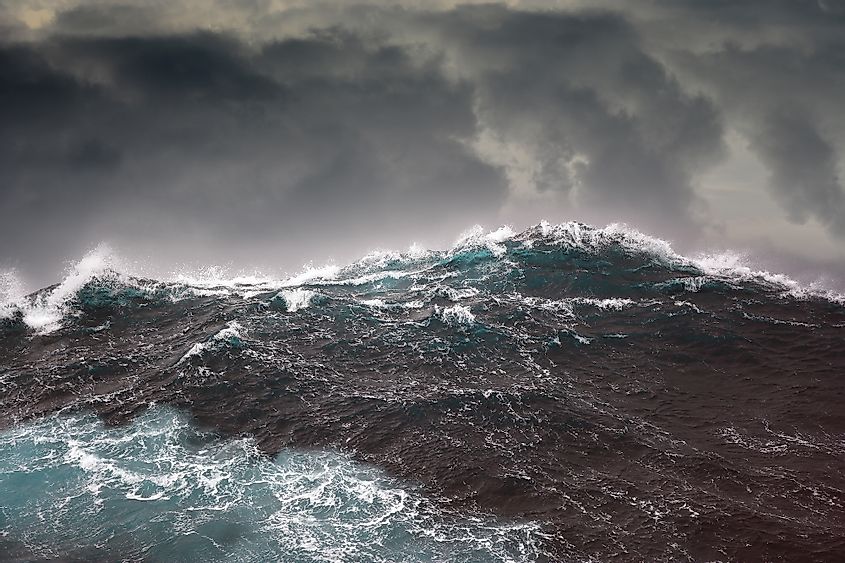
The Atlantic Ocean’s climate is influenced by several factors, including wind, water current, and surface water temperature. Although maritime climates are prevalent, they are moderate with little seasonal variations. The North Atlantic weather is determined by the amount of air mass and wind current originating from North America. Since the atmospheric pressure near Iceland is low, air often flows in a counterclockwise direction. However, the region near the Azores is a high-pressure area. When the low and high atmospheric pressures meet, westerly winds form and prevail across Western Europe and the North Atlantic.
Latitudes determine the Ocean’s climatic zones. The warmer zones prevail on the north of the equator, while the coldest zones are on higher latitudes. The coldest regions are mainly areas covered by ice. The ocean currents play an important role in determining the climate by transporting cold or warm water to other regions. Cool or warm winds influence the climate of the surrounding areas when they blow over these currents.
Hydrology
The ocean’s surface water temperature is influenced by factors, such as seasons, the current system, and latitude. It ranges from 28 degrees Fahrenheit to over 86 degrees Fahrenheit. The highest temperatures are recorded north of the equator, while Polar Regions record minimum values. Sea ice often covers the ocean’s surface between October and June in Denmark Strait, Labrador Sea, and Baltic Sea. The Coriolis Effect causes the South Atlantic water to circulate in an anticlockwise motion and North Atlantic water to circulate in a clockwise direction.
The Atlantic Ocean is the world’s saltiest ocean, with the salinity level ranging from 3.3% to 3.7%. The surface salinity is influenced by precipitation, evaporation, sea ice melting, and inflow from rivers. The region to the north of the equator has the lowest saline values due to heavy tropical rains. The tropical regions are the most saline due to the high evaporation rate and low precipitation.
The Atlantic tides have been studied since ancient times. As early as 600 CE, Monks observed the tidal movements along the English coast to understand the relationship between the tides and phases of the moon and the sun’s position. The Atlantic basin tides are considered a single phenomenon. Several complex factors influence the tides’ speed, dimension, course, and behavior, including seafloor topography, seafloor features, and current and wind patterns. Semidiurnal, the most prevalent tide, is characterized by two low and two high tides daily and occurs on the ocean’s eastern margins. Mixed tides are prevalent in the Caribbean Sea and the Gulf of Mexico.
Brief History
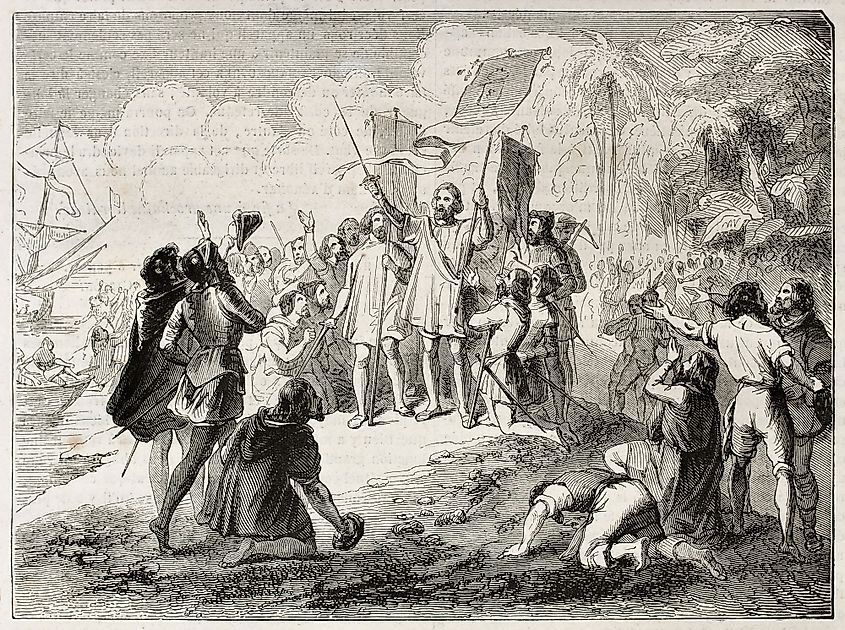
In 1492, Christopher Columbus sailed to America's coast under the Spanish flag. In 1498, Vasco da Gama proved that the Indian and Atlantic oceans were connected, after successfully reaching India through the Cape of Good Hope under the Portuguese flag. Two years later, Pedro Alvares Cabral’s vessel drifted to Brazil while on his way to India. Soon after, the Spanish and Portuguese colonized much of the New World territories and confined the Amerindians to slavery. However, the two colonizers frequently conflicted, leading to series of Spanish-Portuguese Wars.
Between the 15th and the late 19th centuries, the Atlantic slave trade thrived across the Atlantic Ocean, with over ten million Africans exported to the Americas as slaves. The US and British Empire officially abolished the slave trade in 1808, but slavery was abolished in 1838 (by the British) and 1865 (by the US). Trans-Atlantic trade was crucial for Europe between 1500 and 1800, with countries such as pain, Portugal, France, Britain, and the Netherlands having direct access to the ocean.
Marine Life
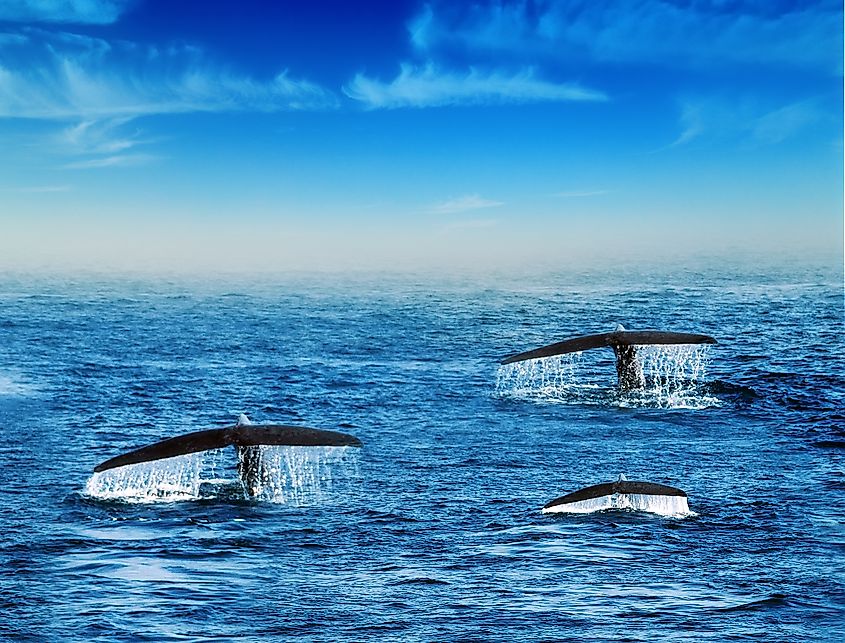
The Atlantic Ocean is home to innumerable species of marine flora and fauna. It ranges from microscopic algae and phytoplanktons as primary producers to apex predators like whales, sharks, etc. The ocean is also home to several threatened marine animals including several species of sea turtles, whales, manatees, etc. Thousands of fish species live in the ocean and provide food and a source of livelihood through fishing for millions of people.
Threats
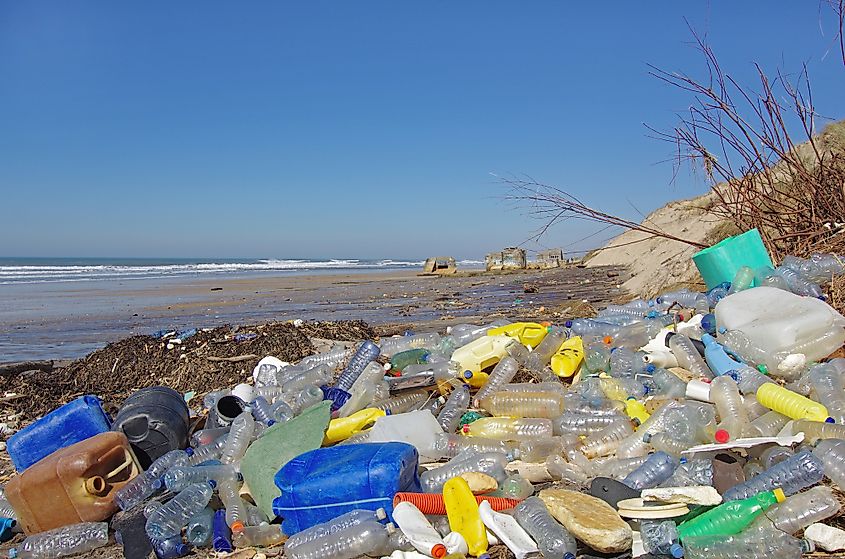
Marine pollution is a major issue currently threatening the ecosystem of the Atlantic Ocean. Littering along the beaches, the dumping of wastes and sewage into the ocean waters, and polluted rivers emptying into the ocean, are some of the sources polluting the Atlantic Ocean. Climate change also threatens the flora and fauna of the ocean and the lives of those living along the Atlantic coastline. As per predictions by researchers, warmer sea surface temperature will result in a increased hurricane activity over the Atlantic. Fishing stocks are also decreasing in the ocean due to unregulated and indiscriminate fishing practices by many countries. The problem of bycatch is also killing threatened marine fauna like turtles and whales.

